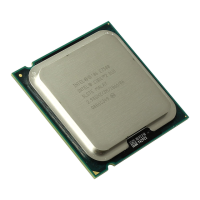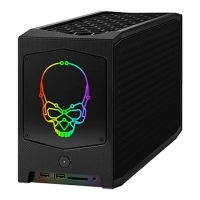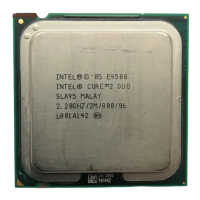7-7
PERIPHERAL SUBSYSTEM
Figure 7-3. Logic to Generate A1, BHE# and BLE# for 16-Bit Buses
7.1.3.2 8-Bit I/O Interface
Due to the presence of dynamic data bus sizing and the variety of byte-enable pin combinations
(Table 7-2), byte swapping logic for 32-to-8-bit conversions can be implemented in various ways.
This section discusses an example in which BE3#–BE0# are low and D7–D0 are used when BS8#
is enabled.
Figure 7-4 shows the interfacing of an Intel486 processor to an 8-bit device. This implementation
requires seven 8-bit bidirectional data buffers.
A1
BE0#
BE1#
BHE#
BE1#
BE3#
BE0#
BE2#
BE0#
BE1#
BLE# (OR A0)
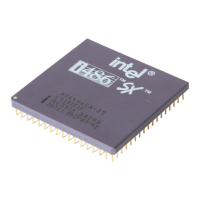
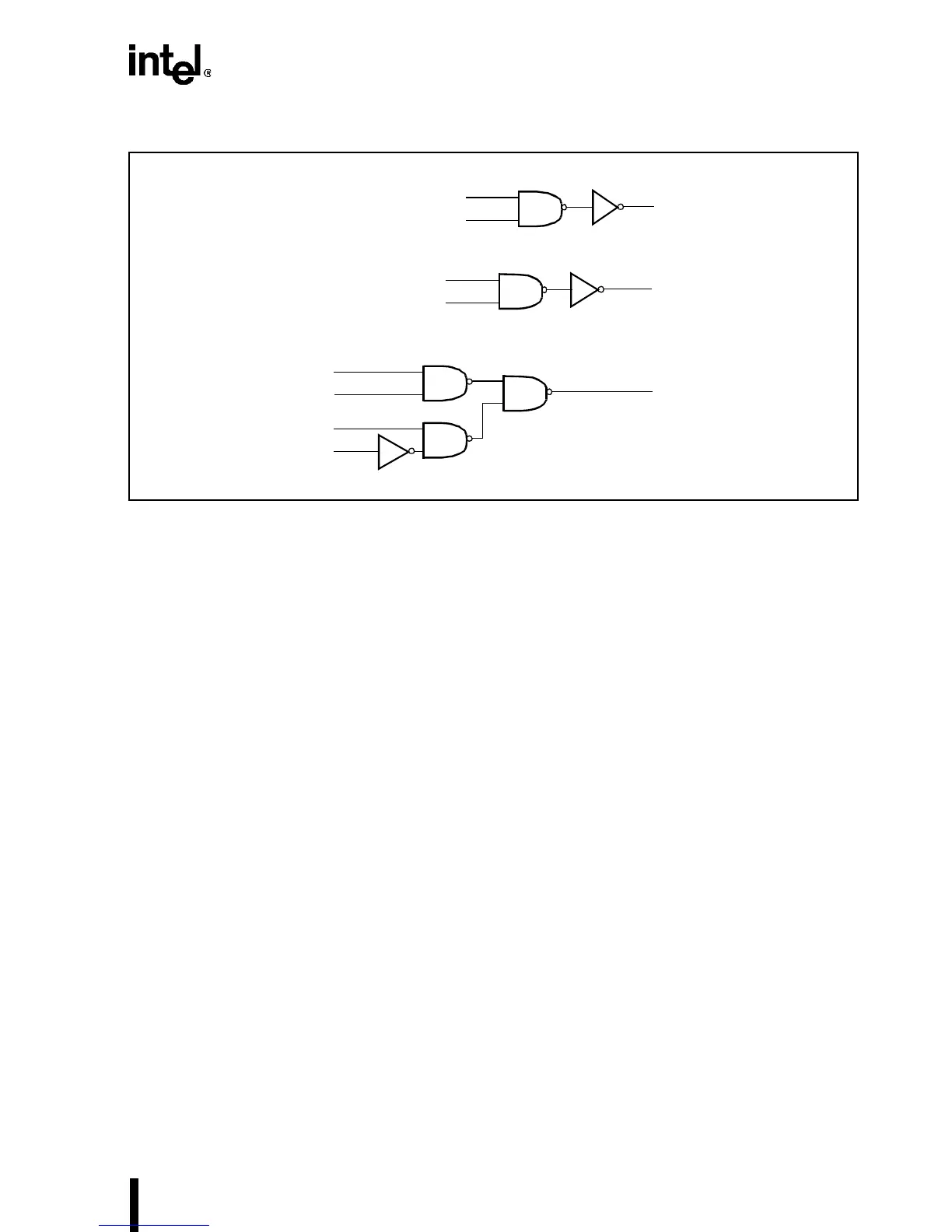